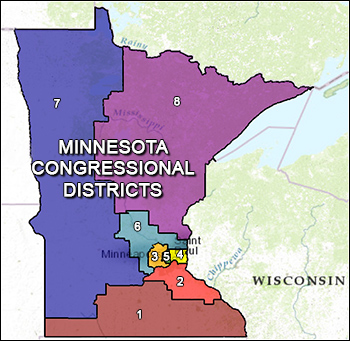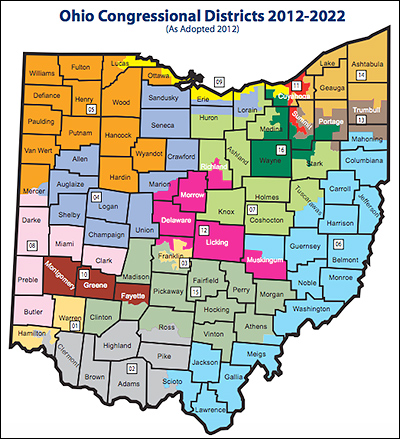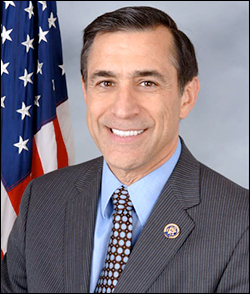By Jim Ellis
Feb. 5, 2018 — A pair of major Republican figures yesterday made public that likely candidate declarations will be forthcoming in mid-February.
In Utah, a spokesperson for former Republican presidential nominee and ex-Massachusetts Gov. Mitt Romney says the latter is scheduling a major announcement for Feb. 15. Though stopping short of saying that Romney will announce his candidacy for the seat that veteran Sen. Orrin Hatch (R) is vacating, it would be virtually preposterous for someone to schedule an event in advance only to announce that he would not be running.Several states to the east, former Minnesota Gov. Tim Pawlenty (R), while in mid-January declined to enter the state’s special US Senate election to oppose appointed incumbent Tina Smith (D), is calling together past supporters for a Feb. 12 meeting to access his chances of again running for governor. Since the Republican field appears weak at this point, Pawlenty entering the race would quickly make him the favorite for the party nomination, at the very least.
Once Romney enters the Senate race, he will be a virtual lock to win the election. A University of Utah poll conducted for the Salt Lake Tribune (Jan. 15-18; 803 registered Utah voters) found the former presidential candidate jumping out to a huge 64-19 percent lead over Salt Lake County Councilwoman Jenny Wilson (D), the major announced Democratic candidate. Romney was scoring 85 percent loyalty among Republicans, attracting 55 percent of Independents, and 18 percent of Democrats.







